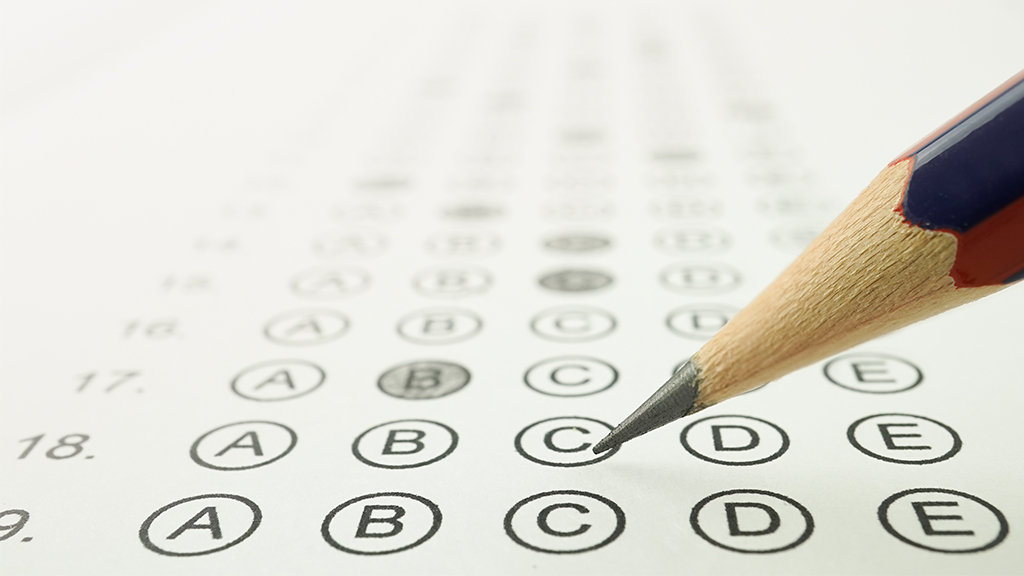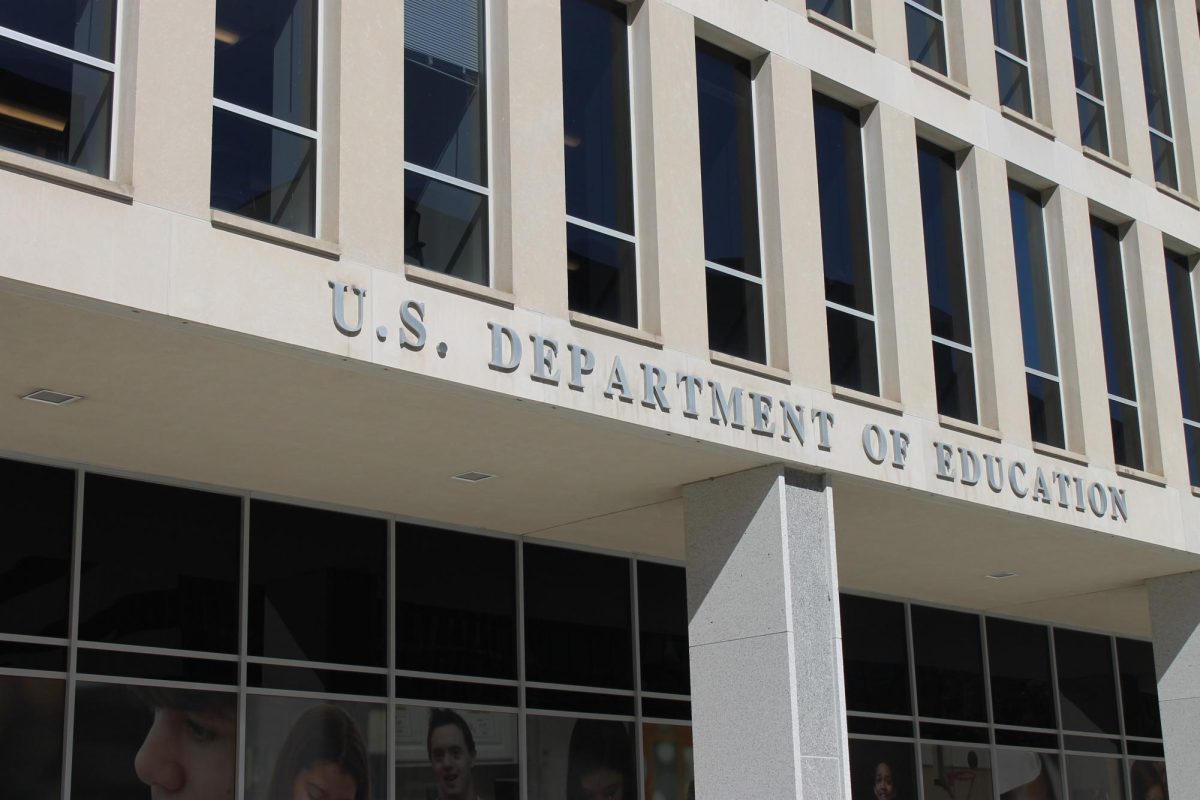During the COVID-19 pandemic, test-taking became a hassle for students. With limited testing locations and hygienic concerns, the standardized tests became a burden for students with disadvantaged backgrounds. To keep college accessible to everyone, schools adjusted by not requiring test scores from their applicants.
The test-optional movement was a major shift in the college application process. The pandemic brought along a natural experiment that changed how admission decisions were made. Urged to partake in this experiment, colleges couldn’t rely on SAT or ACT scores to scope out high-performing applicants.
For years, the SAT and ACT have acted as the standard assessments for determining the academic capability of a student. Considered the make-or-break component of a student’s application, the tests were the top priority for many upcoming seniors.
Founded in 1926 and 1959, respectively, the SAT and ACT were first administered as a national substitute for colleges’ individual entrance exams. College Board, which was a consortium of northeastern US colleges, developed a standard test which was intended to assess aptitude. By 1961, the SAT was administered to over 800,000 students yearly.
Removing the requirement of submitting standardized test scores relieved students of a significant burden, allowing them to focus on the other parts of their application. Students, who dedicated hours towards SAT and ACT prep courses, prep books, and repeated test-taking, could apply to a wider range of schools and be assessed by their other achievements and performances.
But for upcoming seniors for the 2024-25 school year, the worries over standardized testing may be reignited. Beginning in early 2024, some prestigious colleges, including Dartmouth, Brown, Yale, Caltech, and MIT, among others, announced they will be requiring standardized test scores from their future applicants. Though the majority of schools are permanently test-optional, students that aspire to attend an elite school are now expected to submit a score.
These top schools justify their return to mandatory test scores with the studies confirming an association between a student’s academic performance in college and test scores. The dean of admissions of MIT shares that their internal research proved that test scores help assess one’s academic preparedness.
“We believe a requirement is more equitable and transparent than a test-optional policy,” says the Dean. Brown also echoes the stance held by MIT and other prestigious schools.
“Our analysis made clear that SAT and ACT scores are among the key indicators that help predict a student’s ability to succeed and thrive in Brown’s demanding academic environment,” the university released in a statement.
A professor at University of North Carolina at Chapel Hill tells CNN, “Schools across the nation have different grading systems and weigh grade point average differently. Unable to account for all these discrepancies, colleges need something standardized in order to compare the students.”
But instead of reversing back to requiring scores, the UNC system has developed a more unique policy. Students entering a university in 2024 with a GPA lower than 2.5 needed to submit an ACT score of 19 or a SAT score of 1010 to be eligible for admission. Those who apply for 2025 admissions with a GPA between 2.5 and 2.8 are required to submit any standardized score, and those applying for 2026 admissions and beyond with GPAs between 2.5 and 2.8 require an ACT score of at least 17 or an SAT score of at least 930.
Although a number of institutions are bringing back standardized testing, the majority are going in the opposite direction. The California university system enacted a test-blind policy, which means they do not look at test scores even if they are submitted. At least 1,825 US colleges and universities – more than 80% of four-year schools – will not require testing for 2025 admissions, according to FairTest.
The question on the minds of the class of 2025 is simple: to test or not to test? Those who wish to attend schools that are the best of the best must have a standardized score to show their competence.
Reinstating mandatory test scores seems like the next move for these renowned institutions, but it appears that test-optional and test-blind policies remain the new normal.












